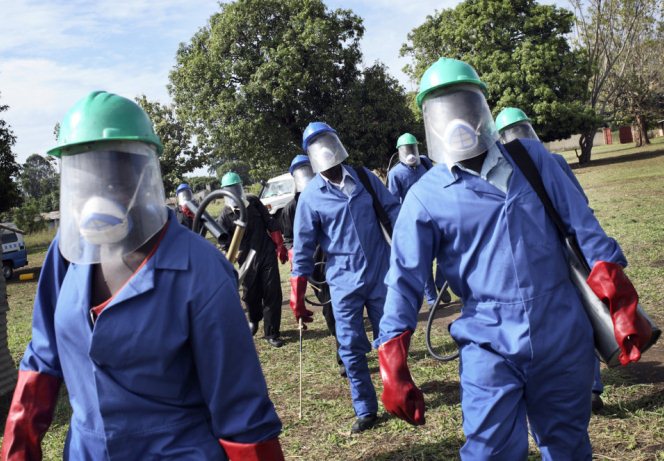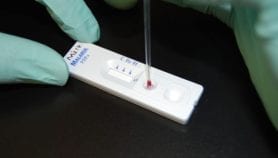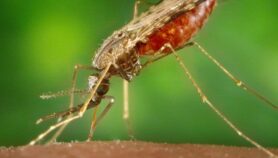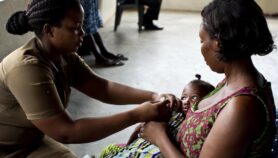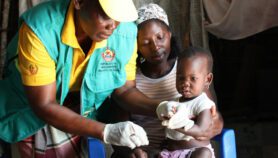Send to a friend
The details you provide on this page will not be used to send unsolicited email, and will not be sold to a 3rd party. See privacy policy.
[NAIROBI] Researchers have identified a new method to attract and trap female mosquitoes before they lay their eggs, offering hope in the fight against malaria.
Researchers from Kenya, Sweden and United Kingdom say that strategies that target only female mosquitoes indoors alone cannot help prevalent malaria, and thus new methods that can kill mosquitoes outdoors are needed.
In a study conducted in Kenya, the researchers isolated a chemical called cedrol from water bodies where female mosquitoes lay their eggs and soil obtained from mosquito breeding sitesnear the International Centre of Insect Physiology and Ecology (icipe) in western Kenya.
“This trapping method will help largely in combating malaria infections as it targets mosquitoes that have been able to resist insecticides and those that have avoided the mosquito nets.”
Mike Okal, International Centre of Insect Physiology and Ecology (icipe)
Using traps treated with cedrol to produce an odour and those treated with lake water pumped from the adjacent Lake Victoria, the researchers assessed which ones could attract female Anopheles gambiais.s.s, a common vector of malaria in Sub-Saharan Africa.
“When tested in the field, wild malaria vector femaleswere three times more likely to be collected in the traps baited with cedrol than in the traps containing water alone,” the researchers wrote in the 20 March issue of the Malaria Journal. “The findings demonstrate for the first time that these chemical cues can be exploited for trapping female malaria vectors.”
Mike Okal, a co-author of the study, a researcher at icipe and a doctoral student at the UK-based London School of Hygiene and Tropical Medicine, says: “This trapping method will help largely in combating malaria infections as it targets mosquitoes that have been able to resist insecticides and those that have avoided the mosquito nets.”
Ulrike Fillinger, a co-author of the study and co-ordinator of the Mosquito Vector Research Group at icipe, notes that although malaria cases have significantly dropped and the fight to eliminate the disease in Africa looks promising and achievable, there is a need to conduct operational research to further this latest scientificdiscovery.
The next step is to test and see if this trapping method helps in reducing the number of malaria vectors as well as reducing malaria infections in the region, says Fillinger. Unlike the existing methods of using insecticides and treated nets, the new trapping method focuses on mosquitoes outside the house.
Dalton Wamalwa, a professor at the University of Nairobi’s Department of Paediatrics and Child Health in Kenya, says although African countries are making progress in using indoor vector control interventions to fight malaria, there are long-term effects of the use of chemicals on biodiversity.“The main challenge is that while we are still aiming to eliminate malaria in Sub-Saharan Africa, we are still relying heavily on insecticides,” says Wamalwa. “Mosquitoes are developing resistance against these insecticides and hence bring the need for additional control methods.
“This trapping method thus helps in giving an additional method of dealing with mosquitoes that have eluded the use of insecticides and treated nets. It can also be used as a surveillance tool at the district levels.”
This article has been produced by SciDev.Net's Sub-Saharan Africa desk.
References
Jenny M Lindh and colleagues Discovery of an oviposition attractant for gravid malaria vectors of the Anopheles gambiae species complex (Malaria Journal, 20 March 2015)


